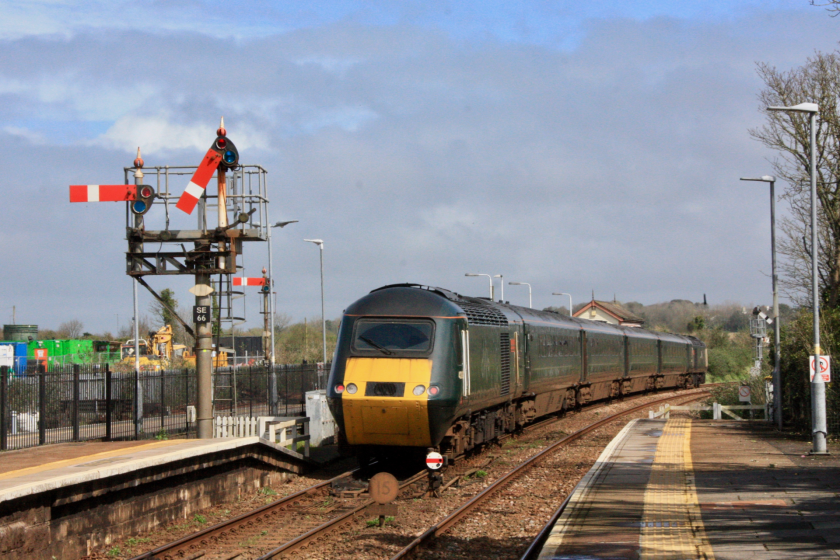
Loss of Cornish semaphore outposts at Par, Lostwithiel and Truro in March 2024 leaves just two main line locations in the Royal Duchy that are mechanically-signalled. These are Liskeard, which I last featured in October 2023, and St. Erth, junction for the scenic St. Ives Bay branch line.
St. Erth is a delightful and immaculately-maintained Grade II Listed station, where semaphore signalling helps retain the historic air of this busy country station, yet one that is sadly mired in controversy as its historic footbridge is replaced by a rather less attractive modern structure.

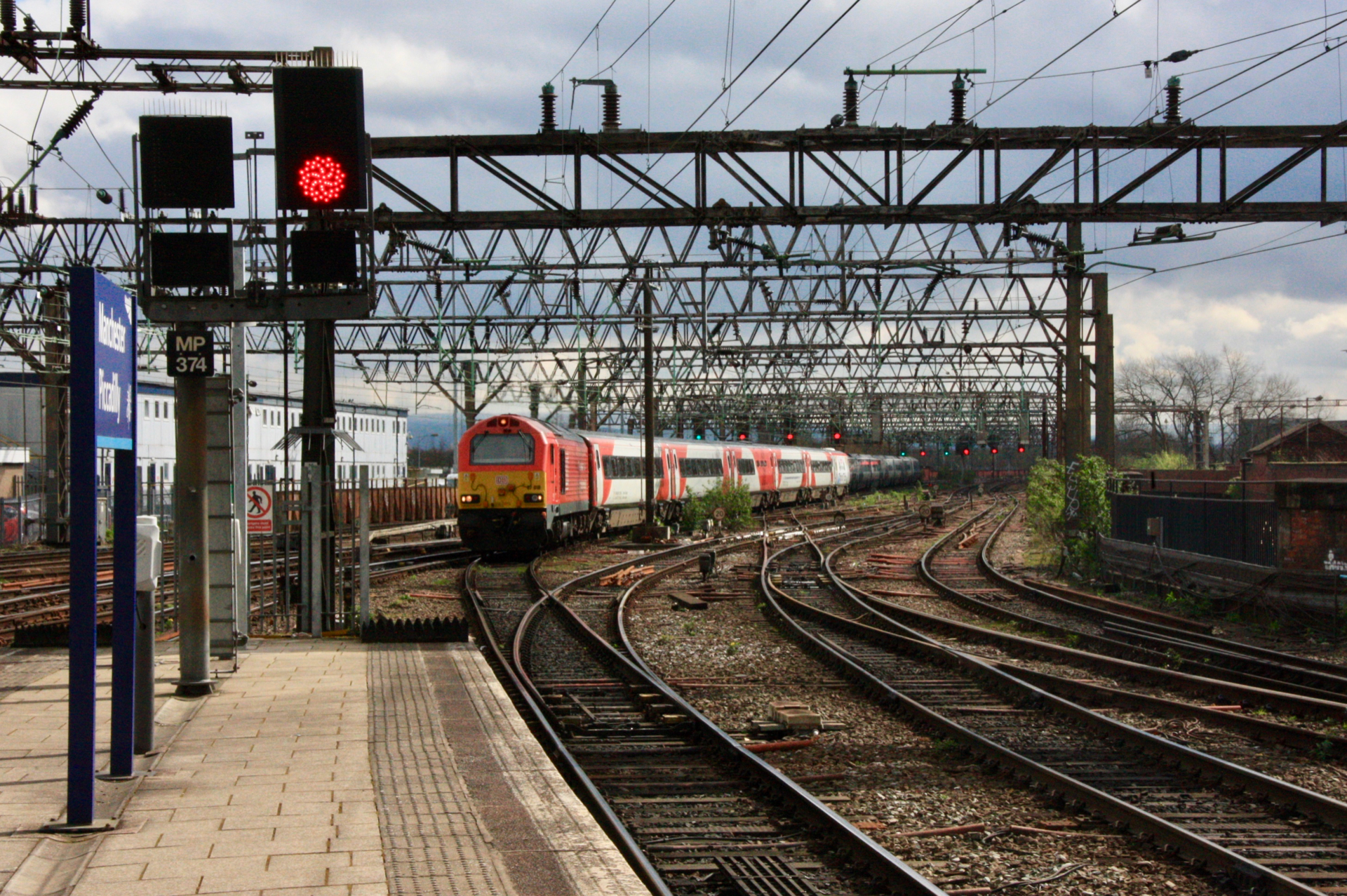

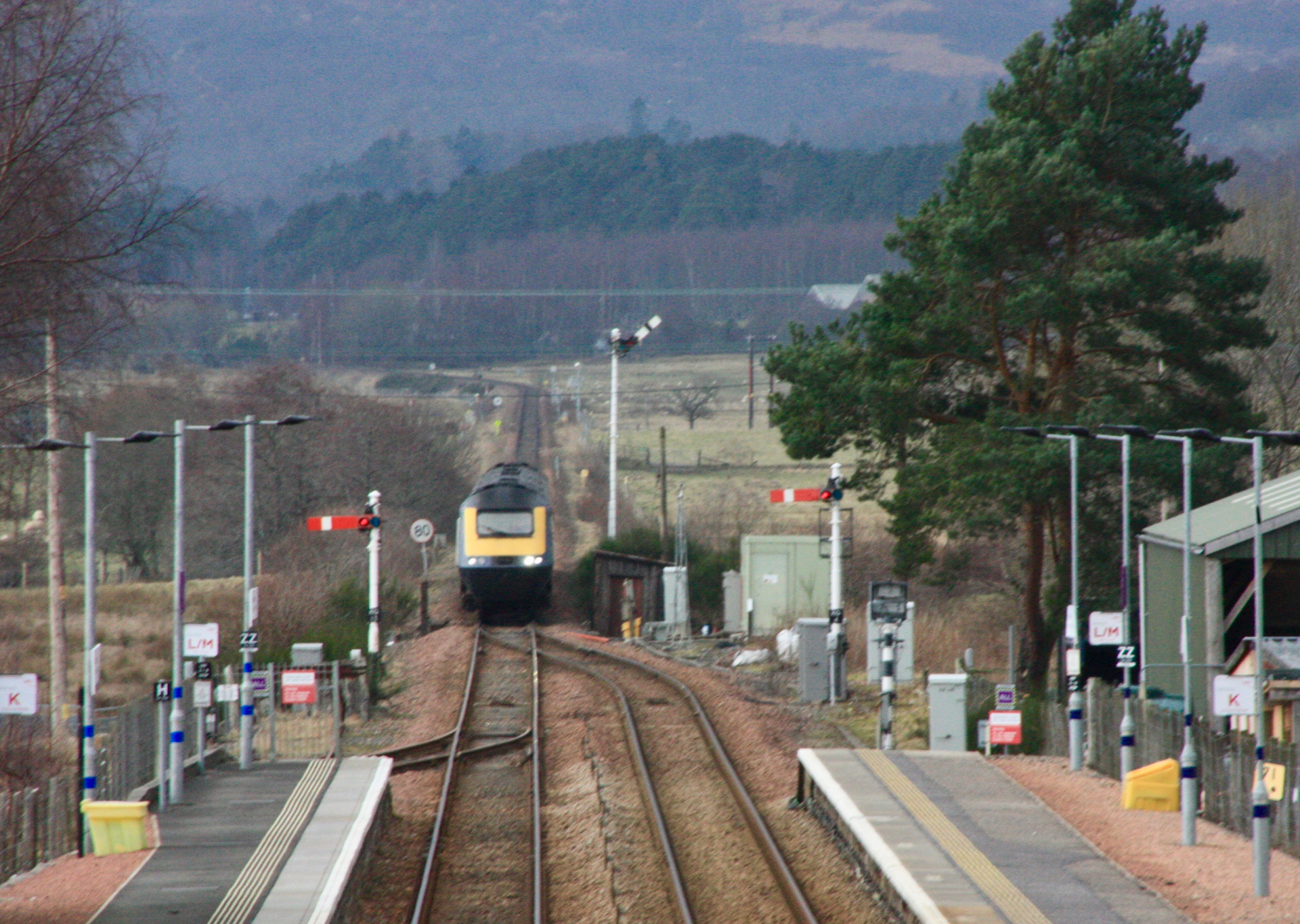
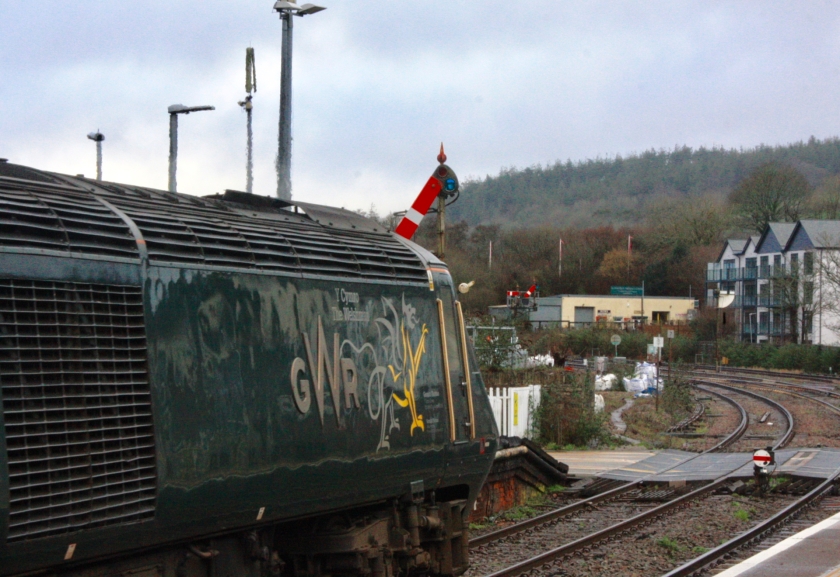
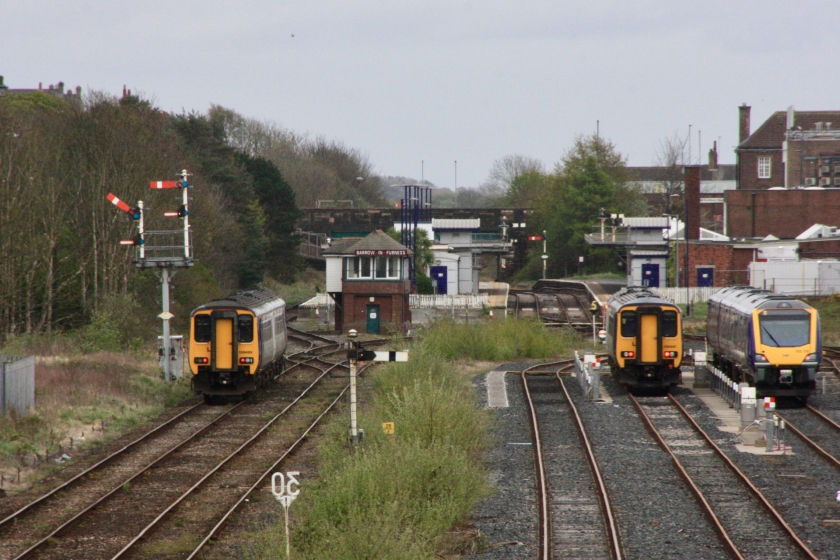
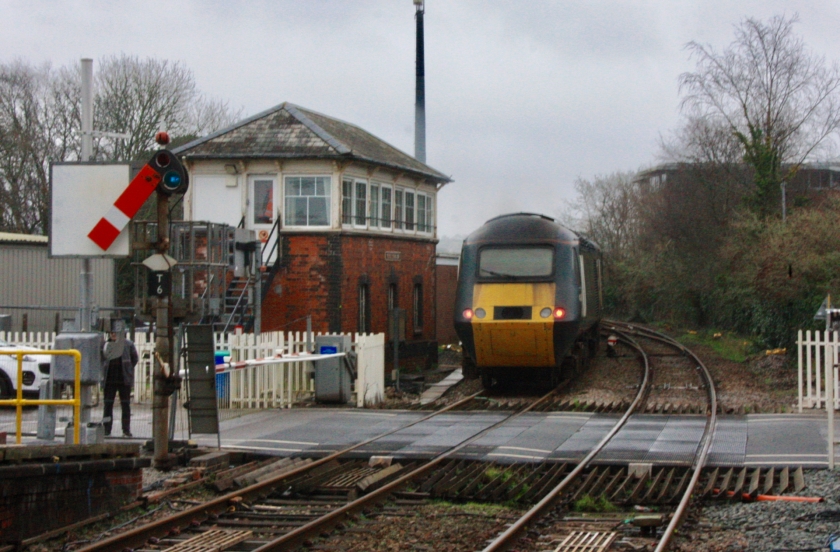
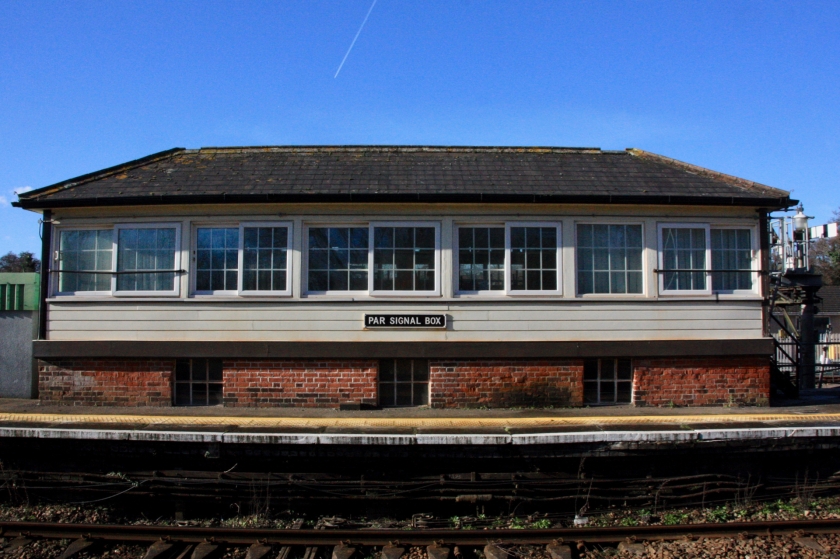


You must be logged in to post a comment.